Viking Refrigerator Not Cooling (Solved)
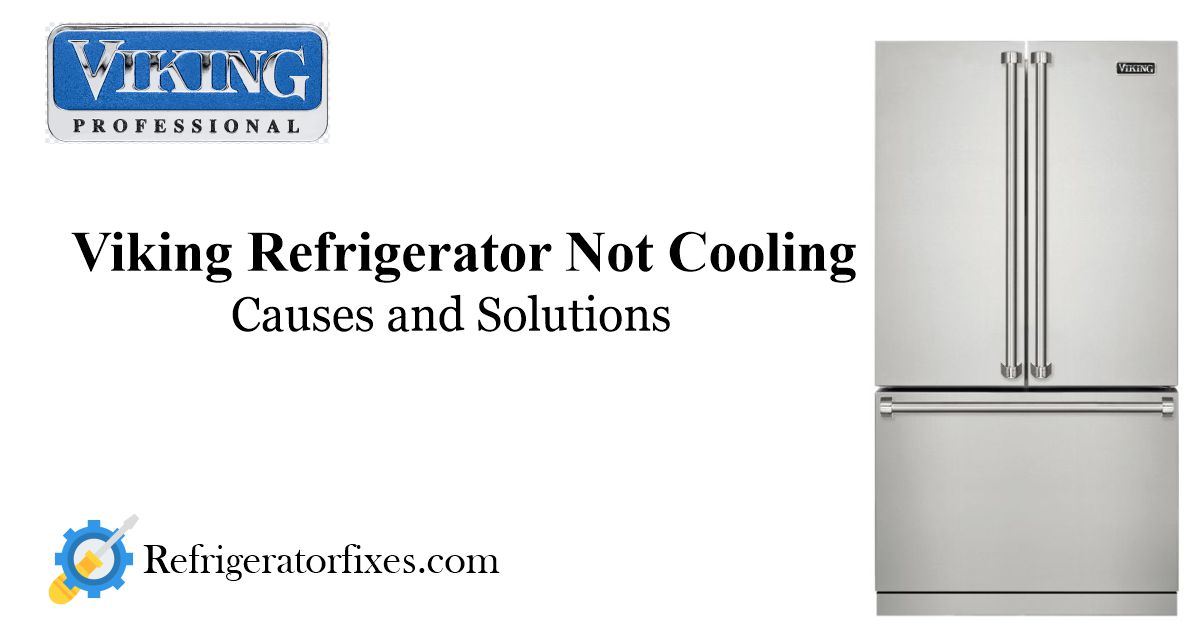
Is your Viking Refrigerator Not Cooling? A refrigerator is more than just a household appliance; it’s an essential part of daily life, safeguarding our food from spoilage and keeping our drinks refreshingly cool. The importance of a functioning refrigerator cannot be overstated, as it is central to food preservation, safety, and the overall convenience of modern living.
When a refrigerator malfunctions, it disrupts our routine, potentially leads to food waste, and can cause a significant inconvenience that affects not just meal preparation but also our budget and well-being.
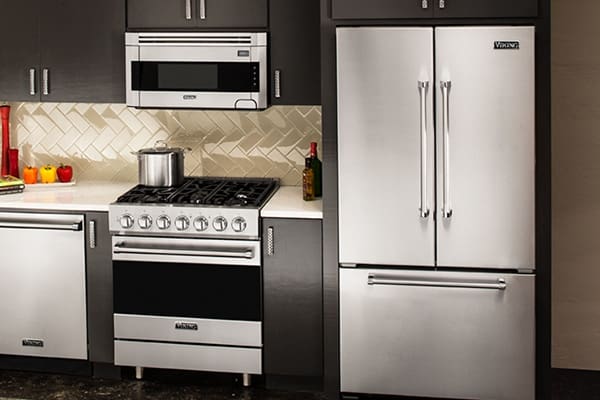
Viking Refrigerator Not Cooling
This article focuses on a common issue faced by many homeowners: a Viking refrigerator that is not cooling effectively. Viking refrigerators are known for their quality and durability, but like all appliances, they can experience issues that hinder their performance. We will delve into the possible causes of cooling problems, provide troubleshooting tips, and offer solutions to help you restore your Viking refrigerator to its optimal functioning state.
Whether you’re facing a minor hiccup or a major breakdown, this guide aims to equip you with the knowledge to tackle cooling issues head-on, ensuring your refrigerator continues to serve its vital role in your home.
Common Causes and Troubleshooting of Viking Refrigerator Not Cooling
When your Viking refrigerator ceases to cool, it’s not just an appliance issue, it’s a disruption to your daily life. This section of our article is dedicated to homeowners who are facing the perplexing and often urgent problem of a Viking refrigerator that isn’t maintaining its cool. We’ll explore the most common culprits behind cooling issues, from incorrect temperature settings to dirty condenser coils, and provide practical troubleshooting steps.
Understanding these causes is the first step in diagnosing and resolving the problem, ensuring your refrigerator resumes its critical role in preserving your food and keeping your home running smoothly. Whether you’re a DIY enthusiast or just seeking knowledge before calling in the professionals, this guide is designed to help you identify and fix the cooling challenges with your Viking refrigerator.
Temperature Settings:
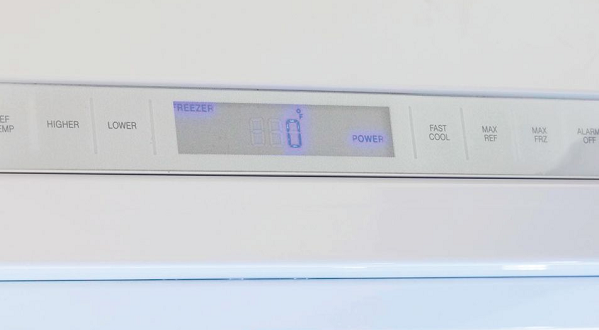
The thermostat is the command center for your refrigerator’s cooling operations. It’s crucial to ensure that it’s set correctly to maintain the desired temperature inside. A setting that’s too high can leave your food warm, while a setting too low can unnecessarily overwork the unit and waste energy. Always check the thermostat setting first if your Viking refrigerator isn’t cooling properly, and adjust it to the recommended temperature, typically between 37°F and 40°F for the fridge and 0°F for the freezer.
Door Seal Issues:
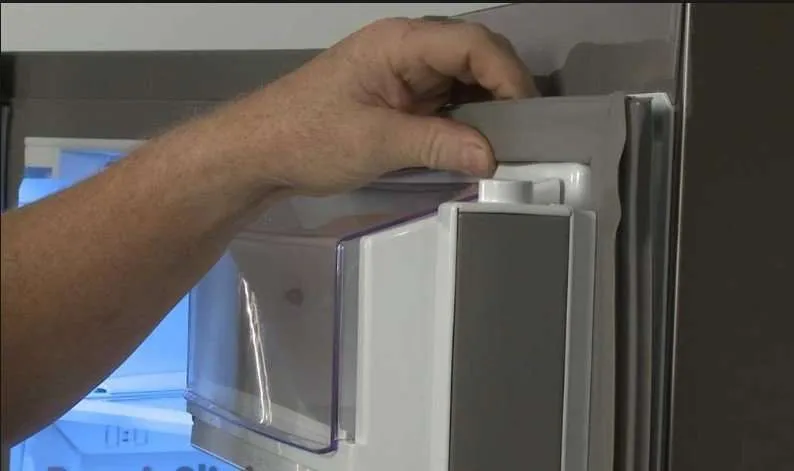
A refrigerator’s door seal, or gasket, is its first line of defense against warm air. A compromised seal can allow warm air to infiltrate the cool interior, leading to a decrease in cooling efficiency. To check the integrity of your door seal, perform a simple test:
- Open the refrigerator door and place a piece of paper so that half is inside and half is outside.
- Close the door and attempt to pull the paper out.
- If the paper slides out easily, your seal may be weak and require replacement.
Inspect the seal further for any visible signs of damage or tears that could be contributing to the problem.
Dirty Condenser Coils:
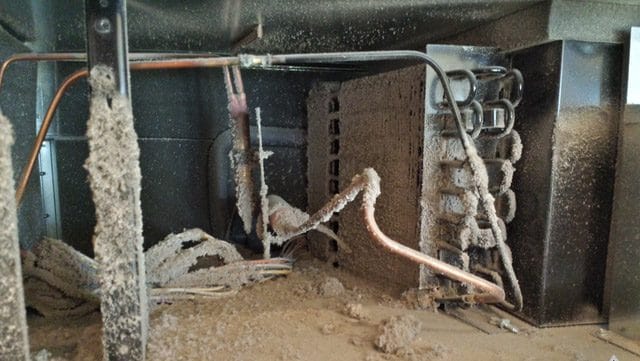
The condenser coils are responsible for dissipating heat as part of the cooling process. Over time, these coils can accumulate dust and debris, which insulate the coils and hinder their ability to release heat. This insulation effect can cause your refrigerator to work harder to cool, sometimes leading to a breakdown in cooling efficiency. To clean the condenser coils:
- Unplug your refrigerator to ensure safety.
- Locate the condenser coils; they’re typically found behind the toe grill or at the back of the refrigerator.
- Gently remove the toe grill if necessary.
- Using warm water and a gentle cloth or brush, carefully clean the coils of any dust or debris.
- Once clean, replace the toe grill and plug the refrigerator back in.
Note: This maintenance task should only be undertaken if you are comfortable with the process and understand the safety precautions involved. If in doubt, it’s always best to consult a professional technician.
Advanced Troubleshooting (Call a Technician)
When basic troubleshooting doesn’t resolve the cooling issues with your Viking refrigerator, it may be time to consider more advanced diagnostics that are best handled by a professional. Here’s what you need to know:
Airflow Obstruction:
Consistent airflow is critical for maintaining the refrigerator’s temperature. Blocked vents within the refrigerator can prevent cold air from circulating properly, leading to warm spots and an overall decrease in cooling efficiency. Regularly check to ensure that food containers or other items are not obstructing these vents.
Faulty Internal Components:
Several internal components work in tandem to keep your refrigerator running smoothly. A malfunctioning thermistor, which measures the temperature inside the fridge, can send incorrect readings to the control board, causing cooling issues. Similarly, a faulty evaporator fan may fail to circulate cold air, or a failing compressor might not be able to maintain the required pressure for cooling. The control board itself could also be the source of the problem if it’s not sending the right signals to the various parts of the refrigerator.
Caution:
Due to the complexity and potential safety risks involved in handling these components, they require diagnosis and repair by a qualified appliance technician. Attempting to fix these issues on your own can lead to further damage or void your warranty. If you suspect any of these components are the cause of your refrigerator’s cooling problems, it’s best to contact a technician who is certified to work on Viking appliances. They have the expertise and tools necessary to safely and effectively restore your refrigerator’s functionality.
Additional Tips
Maintaining Level:
For your Viking refrigerator to operate at its best, it’s essential that it is level. An uneven refrigerator can lead to a number of problems, including doors that don’t seal properly and impaired cooling performance. Use a spirit level to check, and adjust the legs of your refrigerator as needed to ensure it’s perfectly horizontal.
Proper Food Storage:
Efficient air circulation is key to maintaining consistent cooling throughout your refrigerator. To facilitate this, avoid overpacking and maintain space around items stored inside. This allows for cold air to move freely, which is crucial for keeping your food fresh and your refrigerator functioning efficiently.
Owner’s Manual:
Each Viking refrigerator model may have its own set of features and troubleshooting steps. For the most accurate information related to your specific model, consult the owner’s manual. It’s a valuable resource for understanding the unique aspects of your appliance and can provide model-specific guidance for maintenance and troubleshooting.
Conclusion
Throughout this article, we’ve covered the importance of a functioning refrigerator, common causes for cooling issues in Viking refrigerators, and steps for both basic and advanced troubleshooting. Remember, while many issues can be resolved with simple checks and adjustments, more complex problems require the expertise of a professional.
If you encounter unresolved issues or repairs that go beyond basic troubleshooting, don’t hesitate to contact a certified Viking appliance technician. They are equipped with the knowledge and tools to safely and effectively repair your refrigerator, ensuring it continues to perform at its best. Certified Viking repair services are available to provide you with the support needed to maintain the longevity and efficiency of your appliance.
FAQs
What should I check first if my Viking refrigerator is not cooling?
The first thing to check is the thermostat setting. Ensure it’s set to the recommended temperature, usually between 37°F and 40°F for the fridge and 0°F for the freezer.
How can I tell if my refrigerator door seal is working properly?
Perform a simple test by placing a piece of paper so that half is inside and half is outside when the door is closed. If the paper pulls out easily, your seal might be weak and require replacement.
Why is it important to keep the condenser coils clean?
Clean condenser coils are essential for dissipating heat away from your refrigerator. If they’re covered in dust, the fridge can’t cool efficiently. Unplug the fridge and gently clean the coils with warm water and a cloth.
What could be blocking the airflow in my refrigerator?
Overpacked shelves or large containers can block the vents inside your fridge, preventing cold air from circulating. Make sure there’s enough space around items for air to move freely.
When should I call a technician for my Viking refrigerator?
If basic troubleshooting doesn’t resolve the issue, or if you suspect a problem with internal components like the thermistor, evaporator fan, compressor, or control board, it’s time to call a qualified technician.
Can an unlevel refrigerator affect its cooling?
Yes, an unlevel refrigerator can lead to improper door sealing and cooling inefficiencies. Use a spirit level to check and adjust the legs of your refrigerator as needed.
Is there anything specific I should do for my Viking model?
Consult the owner’s manual for model-specific troubleshooting steps and maintenance tips. It’s the best resource for information tailored to your particular Viking refrigerator.